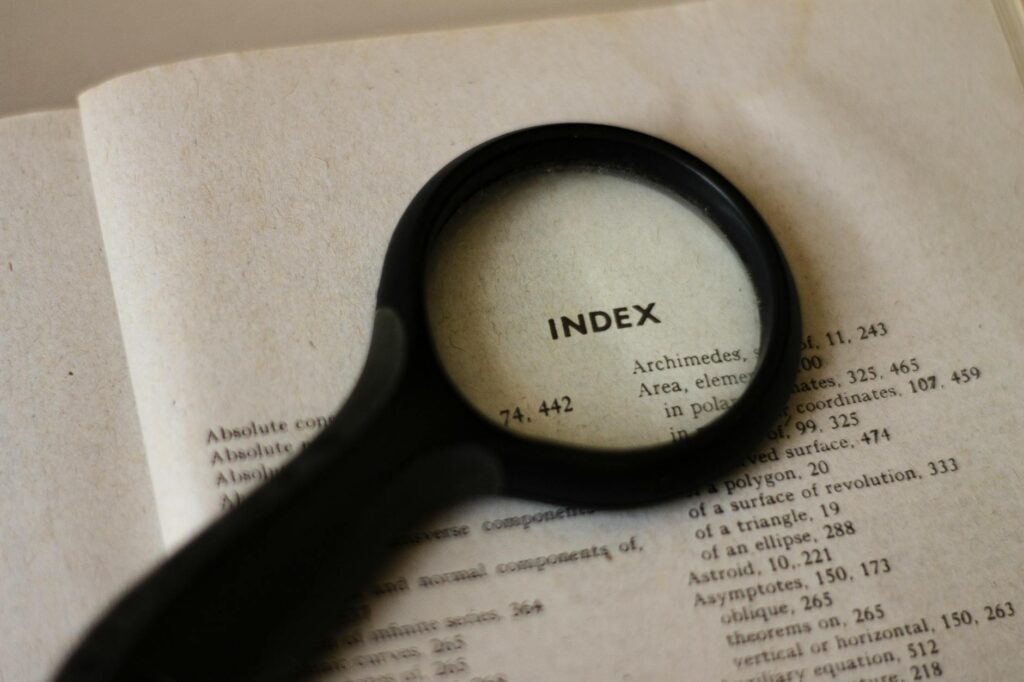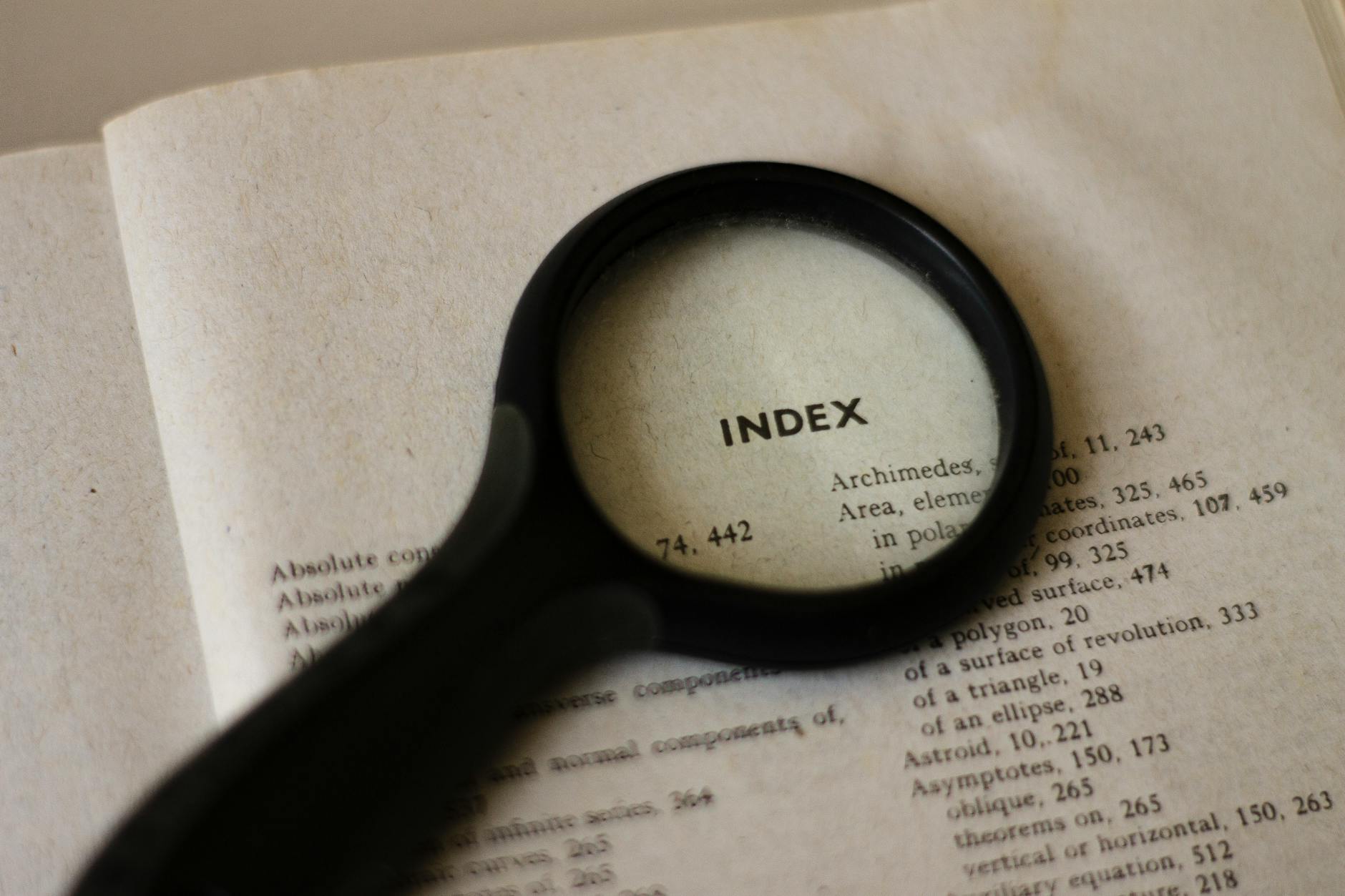What is academic adjustments?

What is academic adjustments?
Academic adjustments play a pivotal role in creating an inclusive and supportive learning environment for students with diverse needs. They are tailored modifications that facilitate a student’s ability to meet academic requirements while accommodating unique challenges. Understanding these adjustments can enhance your educational journey and empower you to advocate for necessary changes.
Understanding Academic Adjustments
Academic adjustments are specific modifications made to educational practices and environments. They aim to level the playing field for students who may face barriers, ensuring equitable access to learning opportunities.
Definition and Scope
In simple terms, academic adjustments are alterations to how a student meets the academic standards of a course or program. These adjustments can include changes to assessments, teaching methods, or the learning environment. According to the Center for Student Support and Care, these modifications do not lower the academic standards but rather accommodate students’ needs, allowing them to demonstrate their knowledge effectively.
Academic adjustments can vary widely across educational institutions, reflecting different approaches to inclusivity. For instance, a university may offer extended time on exams, while a high school might provide alternative formats for assignments.
Importance of Academic Adjustments
Why are academic adjustments essential? They play a crucial role in fostering an inclusive atmosphere that values diversity in student learning experiences. When students can access the resources and support they need, they are more likely to succeed academically. Academic adjustments help reduce anxiety and frustration, allowing students to focus on learning rather than on the obstacles they face. Studies show that these modifications can significantly impact academic success, as highlighted in various academic sources, including research on the role of academic adjustment in student achievement.
Types of Academic Adjustments
Different types of academic adjustments can be implemented to cater to various needs. Here’s a closer look at the most common categories:
Physical Adjustments
Physical adjustments focus on making learning environments accessible for all students. This may involve modifying classroom layouts, ensuring wheelchair access, or providing assistive technology. Schools can also create quiet spaces for students who require a minimal sensory environment to concentrate. Such changes can significantly enhance the learning experience for students with disabilities or sensory sensitivities.

Photo by Nothing Ahead
Learning Adjustments
Learning adjustments involve modifications to teaching methods and materials to address different learning styles and needs. For example, teachers might use visual aids, hands-on activities, or alternative assessments to accommodate various learners. This approach not only benefits students with disabilities but also enhances the learning experience for everyone in the class.
Timing Adjustments
Timing adjustments are designed to provide flexibility in deadlines and scheduling. Students may benefit from extended time for assignments or the option to take breaks during exams. Such accommodations ensure that all students have the time they need to complete their work effectively, helping to reduce stress and improve performance.
Implementing Academic Adjustments
Effectively implementing academic adjustments requires a structured approach. Here are key strategies to consider:
Identifying Need for Adjustments
Recognizing when adjustments are necessary is the first step. This can be achieved through student feedback, performance analysis, and open communication between students and educators. By understanding individual challenges, educators can tailor adjustments that meet specific needs.
Collaboration with Educators and Specialists
Collaboration is critical in developing effective academic adjustments. Teachers, counselors, and specialists should work together to create a comprehensive support plan for students. This teamwork not only helps in the identification of necessary adjustments but also fosters a supportive network for students, enabling them to thrive.
Challenges in Academic Adjustments
While the benefits of academic adjustments are clear, there are challenges in their implementation.
Stigmas and Misunderstandings
One significant hurdle is the stigma that can accompany academic adjustments. Some students may fear being labeled as needing extra help, which can discourage them from seeking necessary accommodations. Addressing these misconceptions through education and awareness is essential for creating a more supportive environment.
Resource Limitations
Resource constraints can also hinder the ability to implement necessary adjustments. Schools may lack the funding, staff, or tools needed to make effective modifications. Advocacy for better resources and support is crucial to overcome these challenges and ensure all students can access the help they need.
Conclusion
In summary, academic adjustments are vital for creating equitable learning environments. They encompass a range of modifications designed to meet diverse student needs, from physical changes in the classroom to flexible timing options. By effectively implementing these adjustments, educational institutions can foster a more inclusive atmosphere that empowers all students to succeed. Embracing academic adjustments not only enhances individual learning experiences but also enriches the educational landscape as a whole.